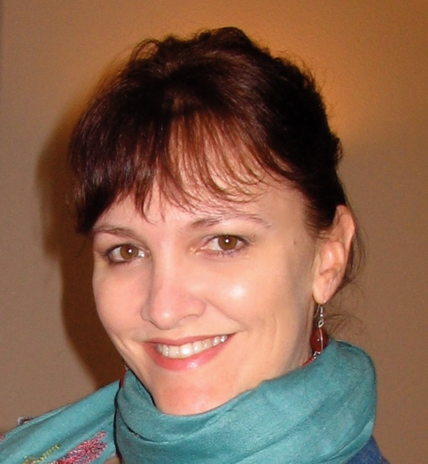
Carolyn Schutten
uc riverside
Email:
cschu006@ucr.edu
Biography
Carolyn Schutten is a Visiting Fellow for the Center for U.S.-Mexican Studies at UCSD School of Global Policy and Strategy, a Resident Scholar at UCMEXUS, and is a PhD Candidate in History at UC Riverside. Carolyn also holds a master’s degree in History in Museum Curatorship from UC Riverside and a master’s degree in Urban and Regional Planning from Cal Poly Pomona. Carolyn has received awards from UC MEXUS, UC California Studies Consortium, UC Humanities Research Institute, UCLA Institute for Research on Labor and Employment, California Planning Foundation, American Planning Association, and Blum Initiative on Global and Regional Poverty. Carolyn received an award from Old Towne Preservation Association and worked with Historic Resources Group on the City of Riverside Modernism Context. During her tenure at the Riverside Art Museum, Carolyn produced numerous programs and projects, including Riverside Art Make and Mapping Riverside’s Latinx Cultural Landscape, was a successful grant co-investigator, and curated several exhibitions, including Tlahualiles: The Glorious Masks of Sahuayo and Self Help Graphics: Aztlán, the Permanent Collection, and Beyond. Carolyn has also co-curated exhibitions at the California Museum of Photography, including Confessions* of a Male Chauvinist Pig and Geographies of Detention: From Guantánamo to the Golden Gulag. Carolyn sits on the Public Art Advisory Committee at the Arts Council for Long Beach and the board for Arts Connection: The Arts Council of San Bernardino County, and she has served as Inland Empire Regional Councilmember for the California Association of Museums. Carolyn recently published “Voids of the Aggregate: Materializing Ethnic Mexicans in Spanish Colonial Revival in the Inland Empire” in Myth & Mirage: Inland Southern California, Birthplace of the Spanish Colonial Revival as part of Getty Foundation Pacific Standard Time: LA/LA, which she will be presenting at the Getty in fall 2017. Carolyn’s dissertation considers the Tijuana River at the U.S.-Mexico Border from the 1970s into the contemporary era.
